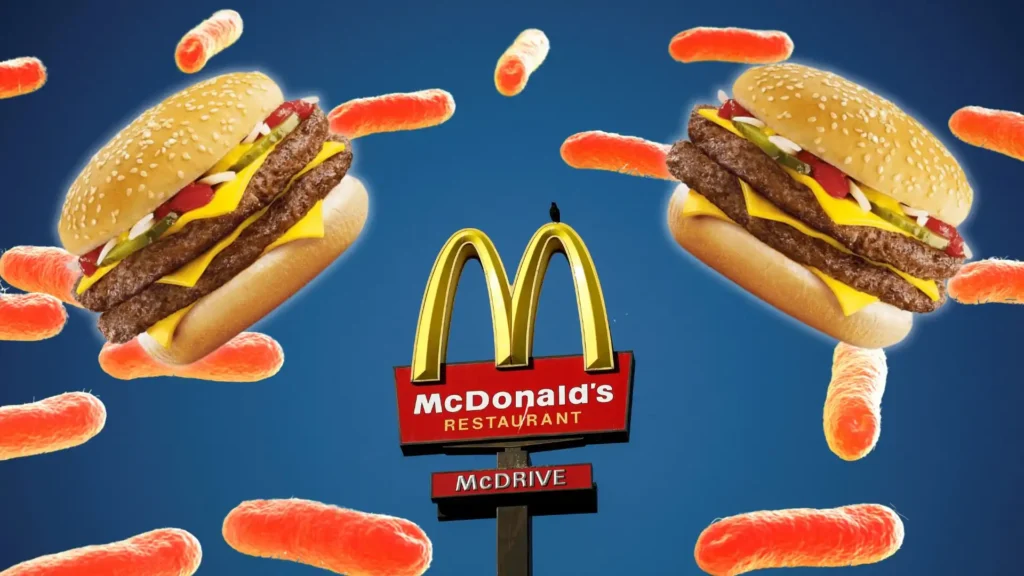America’s favorite fast food chain is under fire after a fatal E. coli outbreak that has spread across 10 states. The CDC‘s investigation has revealed a link between the affected consumers and an ingredient in the famous Quarter Pounder.
McDonald’s is in collaboration with public health officials to contain the outbreak and prevent further illness. Here is what we know.
McDonald's E. coli Outbreak: The Impacted Areas
An investigation by public health officials from the CDC has uncovered at least 49 cases of illness in individuals across 10 states. The impacted states are Colorado, Kansas, Utah, Wyoming, Idaho, Iowa, Missouri, Montana, Nebraska, Nevada, New Mexico, and Oklahoma, with most cases coming from Colorado and Nebraska.
As of October 24, 2024 there have been ten hospitalizations and one death as a result of the outbreak. All cases reported eating at McDonald’s within a few days of falling ill and most confirmed that they ordered the Quarter Pounder. Investigators are working to identify the specific ingredient that has caused the illness.

How Did the McDonald's E. coli Outbreak Happen?
While investigation is still underway, there appears to be a link between the onions in the Quarter Pounders at McDonald’s and the outbreak. McDonald’s released the following statement:
“A subset of illnesses may be linked to slivered onions used in the Quarter Pounder and sourced by a single supplier that serves three distribution centers.”
McDonald’s has temporarily suspended the use of slivered onions and beef patties in the states which were affected as the investigation continues. They are also working to make supply changes to prevent further spread of the illness. It is not entirely uncommon for E. coli outbreaks to occur in beef products. Earlier this year Walmart recalled 6 different beef products amid an E. coli outbreak. Boar’s Head was also forced to suspend more than 207,000 pounds of deli meat
Is E. coli Dangerous?
E. coli is a bacteria that can cause serious (and in some cases fatal) illness including symptoms such as fever, stomach cramps, diarrhea, and vomiting.
Symptoms typically start three to four days after contact with the bacteria and most people recover within about a week without treatment. However, in more severe cases, it can cause serious kidney problems.
The CDC recommends seeking medical attention if symptoms worsen after three to five days.
